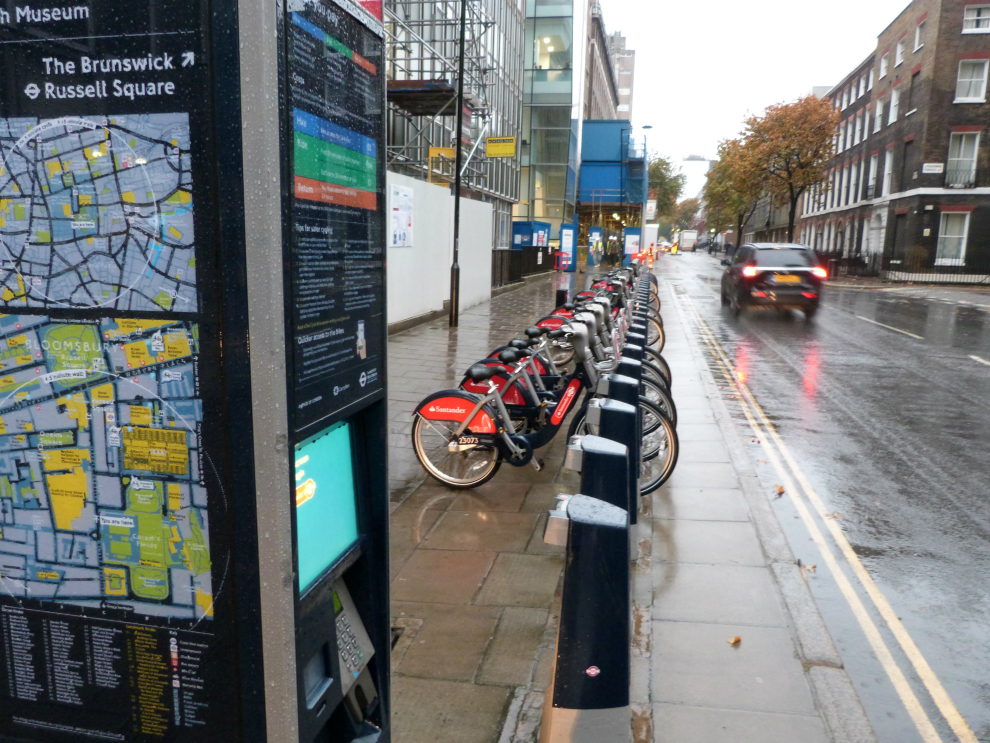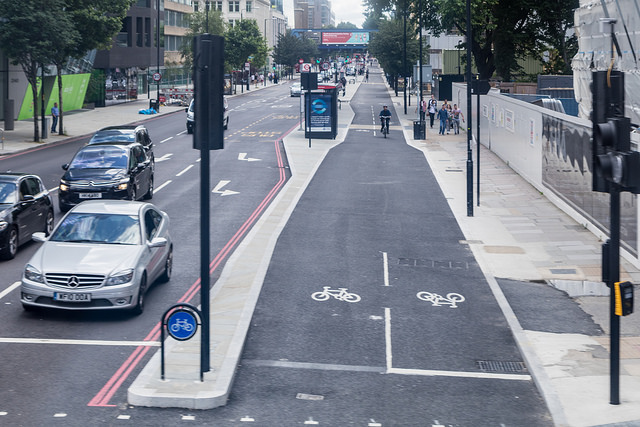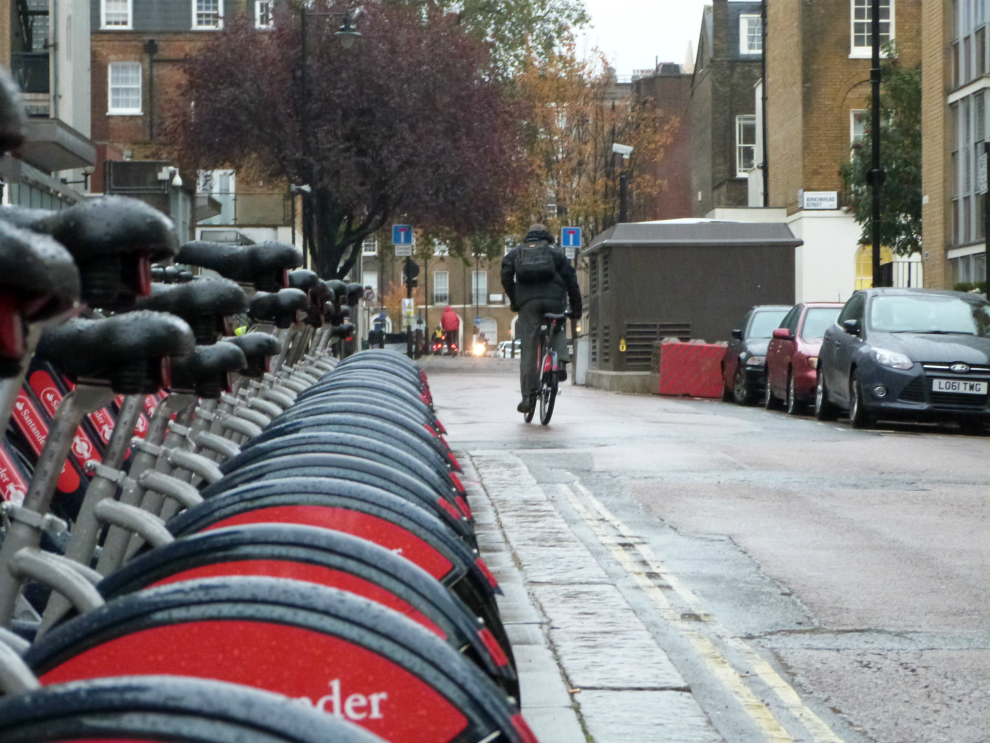CWIS consultation
17th March 2018

The DfT launched
a consultation on 9th March 2018, asking for help, ideas, and
evidence on how to make cycling and walking safer. It invites 'those
with an interest in improving safety of cyclists and pedestrians' to
provide evidence, including drawing on experience from other
countries. It is phase 2 of the DfT's cycle safety review. Phase 1 involves
creating new offences for cyclists, and (unlike phase 2) is
regarded as an urgent priority.
CWIS consultation: Jesse Norman's foreword
Jesse Norman's foreword includes the usual selective use of
statistics to make it look as though the government is spending a
lot on cycling, but fails to mention that planned spending is about
to fall off a cliff. The minister also refers to an increase in
cycling in London - something which has nothing whatever to do
with the DfT, and is entirely down to ex-Mayor Boris Johnson,
and Andrew Gilligan. The foreword mentions an ambition to make
cycling be seen as easy, fun, and safe - which is good if it is
actually backed up with policy and funding.
The foreword ends thus: 'We are looking for great ideas, for
evidence of what works, for examples of good practice from other
countries, for innovative technologies, for imaginative solutions,
and for idealism tempered with a sense of the practical. Over to
you!'
I find that final paragraph irksome. It reads like a One Show
script, launching a competition to design a poster or come up with a
new recipe. Cycle safety should be taken seriously, not treated as a
jolly jape. There's also more than a hint that the DfT is looking
for 'great', 'innovative' ideas as a way of being cheap. In reality,
Martin Smith from Bearwood isn't going to have a sudden brainwave
about a new bike light, or a special hat, that means cycling becomes
easy, fun, and safe. What's needed is well-known already, and it
will require political will, not endless dithering, and money
to build cycle infrastructure.
CWIS consultation: introduction
The introduction reiterates the ambition already stated in the CWIS, that walking and
cycling should be the natural choices for shorter journeys.
It states that the government wants 'more people to have access to
safe, attractive routes for cycling and walking by 2040'. 2040 seems
to be this government's default 'it's far enough in the future, that
we'll never be held accountable for it' date. It's spectacularly
unambitious here, because the DfT isn't even promising anything
specific by their long-time-in-the-future date, just 'more' routes -
actually, not even that, but 'more people to have access' to routes.
With an expanding population, that will probably happen even if they
do nothing whatsoever.
'The aim of this Call for Evidence is to support an open and
comprehensive review of how we can address the issues that cyclists
and pedestrians face, or perceive, when using our road
infrastructure...'
CWIS consultation: how to respond
There's an online
response form, or you can send an email to CWIS.safety@dft.gsi.gov.uk.
The consultation runs until 1st June 2018.
Answers are organised according to the following themes:
- infrastructure and signs
- the law and the rules of the road
- training
- educating road users
- vehicles and equipment
- attitudes and public perceptions
Responses should be based on evidence and support the government's
aim to increase walking and cycling.
Despite my gripes about the foreword and the introduction, the
questions are relevant. Maybe they shouldn't be asked as if these
were new subject areas: organisations like British Cycling and
Cycling UK have been telling the government the answers for years,
and it hasn't been listening. Setting that aside, if the government
is now ready to listen, that's a good thing. We'll only know whether
it is truly listening when we see what action follows this
consultation.
CWIS consultation: next steps
A summary of responses and next steps will be published within
three months of the close of the consultation.





